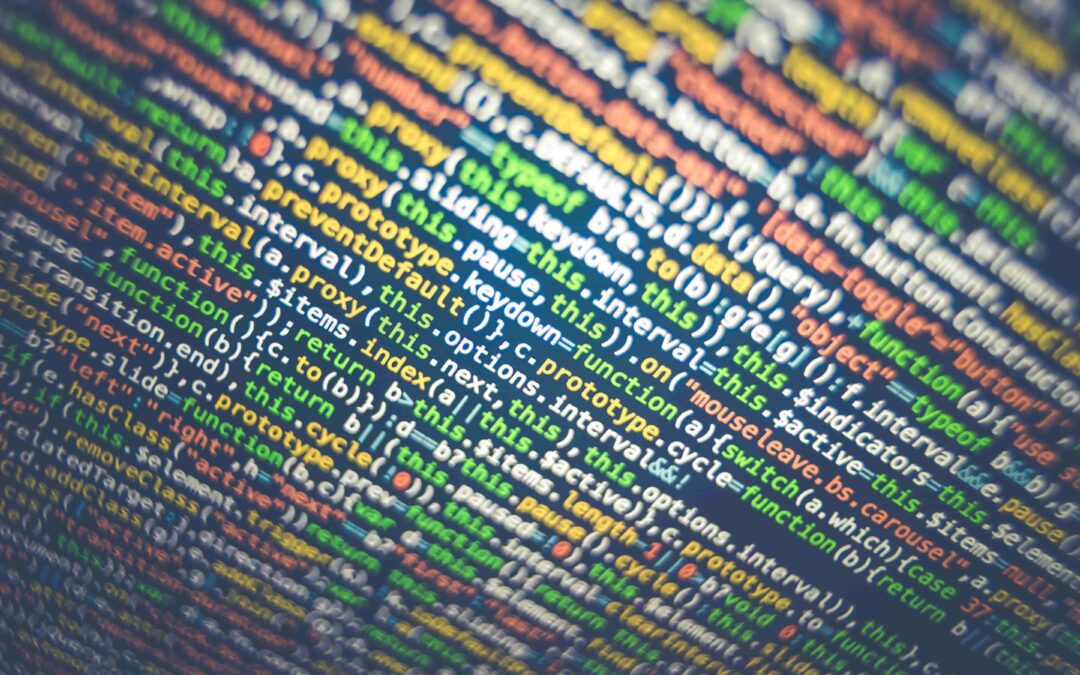Artificial Intelligence (AI) is one of the fastest-growing fields in technology, and the language you choose to develop AI systems can have a significant impact on your productivity and the success of your project. In this post, we’ll take a look at the top languages for AI.
Python
- Python is a popular language for AI because it’s easy to learn and has a large community of users. It has many libraries and frameworks like TensorFlow, PyTorch, and Keras, which make it easy to build AI models. Python is also known for its clean syntax, which makes it easy to read and write.
R
- R is particularly good for statistical analysis and machine learning. It has a wide range of libraries and frameworks, including caret and mlr, that make it easy to build predictive models. R is also good for data visualization, which is essential for understanding the results of your models.
Scala
- Scala can be used for both backend and frontend development, making it ideal for building complex systems with multiple components that require communication between them (like an app). It’s also a great choice for building distributed systems, which are essential for AI applications that require high scalability.
Java
- Java has been around since 1995 and is one of the most popular programming languages in existence today. It’s also used heavily in IoT devices like wearables or smart home appliances, which means there are tons of resources available online if you need help getting started! Java is also known for its scalability, which is essential for AI applications that require high performance.
Lisp
- Lisp is one of the oldest programming languages in existence, but it’s still used today for AI development. It’s known for its ability to handle symbolic reasoning, which is essential for natural language processing and computer vision. Lisp is also good for rapid prototyping, which is essential for testing and iterating AI models.
Prolog
- Prolog is another old language that’s still used for AI development. It’s particularly good for handling rule-based systems, which are essential for expert systems and decision-making applications. Prolog is also known for its ability to handle complex data structures, which is essential for AI applications that deal with large amounts of data.
In conclusion, choosing the right programming language for your AI project is crucial for success. Whether you choose Python for its ease of use, R for its statistical analysis capabilities, or Scala for its scalability, there’s no one-size-fits-all solution. It’s important to evaluate your project’s needs and choose the language that best fits those needs.
Explore more about our
Staff Augmentation services

